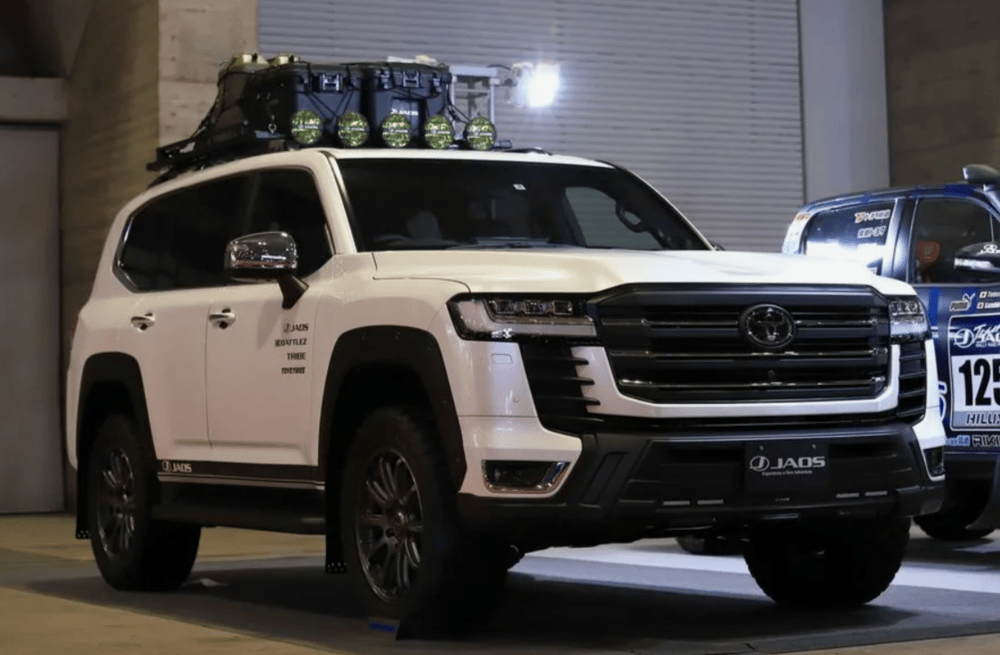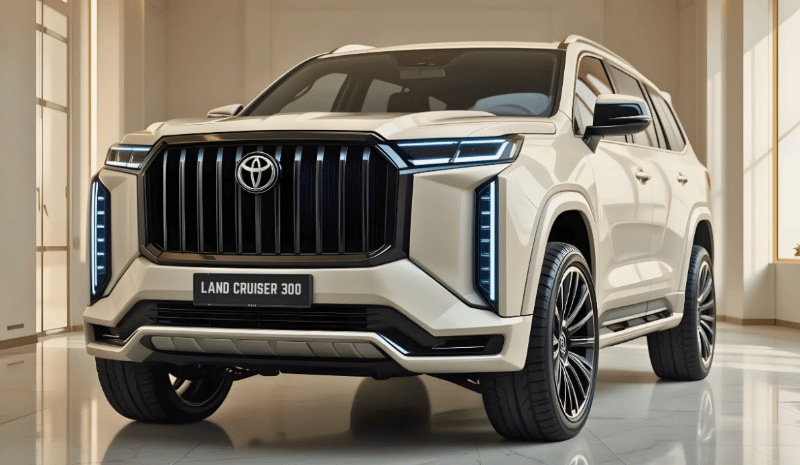Toyota LandCruiser 300 Hybrid Confirmed for Australia by 2026 as UAE Market Launches Ahead
Toyota $7203.T has officially confirmed that the hybrid variant of its iconic LandCruiser 300 Series will debut in Australian showrooms in 2026. This marks a pivotal moment in the automaker’s transition to electrified powertrains across its global SUV lineup. While Australia awaits the release, Toyota has already launched the LandCruiser Hybrid in the United Arab Emirates (UAE), highlighting key regional differences in strategy and market readiness.
LandCruiser Hybrid Launch Timeline and Global Variants
The LandCruiser 300 Hybrid is a direct response to mounting regulatory pressure and shifting consumer expectations for more fuel-efficient and lower-emission large SUVs. In a parallel move, Toyota has introduced the hybrid-powered Lexus LX700h—a luxury counterpart sharing the same underpinnings—in both the UAE and United States, signaling the global reach of its new twin-turbocharged V6 hybrid system.
In the UAE, two LandCruiser Hybrid trims are available: the GR Sport, designed for enhanced off-road capability, and the VXR, which emphasizes luxury and urban utility. These variants offer visual and mechanical distinctions that reflect their target audiences. Notably, the VXR features premium chrome accents and 20-inch wheels similar to the Sahara ZX sold in Australia, while the GR Sport comes with 18-inch wheels and aggressive bumper designs aimed at off-road performance.

Quick Facts
✅ Launch Year (Australia): 2026
🌍 Available Markets (Hybrid): UAE, USA (via Lexus LX700h)
🛞 GR Sport: 18-inch wheels, off-road styling
🌟 VXR: 20-inch wheels, chrome accents, hybrid-specific bumpers
⚙️ Powertrain: Turbocharged V6 Hybrid (shared with Lexus LX700h)
Market Reactions and Strategic Implications
Toyota’s decision to stagger the launch of the LandCruiser Hybrid reveals a careful calibration of supply chains, regulatory environments, and consumer maturity regarding hybrid adoption. The UAE, with its tax incentives and premium vehicle appetite, provides a fertile ground for early hybrid integration. In contrast, Australia's introduction in 2026 likely aligns with upcoming emissions targets and growing demand for electrified SUVs in the Asia-Pacific region.
Meanwhile, the Lexus LX700h (available in the US and UAE) has already garnered attention for combining luxury performance with a hybrid powertrain—validating Toyota’s modular approach across brands and segments.
Investor and consumer response in hybrid-forward markets like the UAE has been cautiously optimistic, especially given Toyota’s proven reliability in electrified platforms. However, pricing, availability, and local incentives will determine the speed of hybrid adoption in the Australian context.

Key Takeaways
Hybrid Expansion Strategy: Toyota leverages global markets to test and refine its twin-turbo V6 hybrid technology before introducing it into mainstream segments like the LandCruiser 300 in Australia.
Trim Differentiation: Clear segmentation between GR Sport and VXR caters to performance vs luxury buyers in hybrid SUV segments.
Cross-brand Synergy: The shared platform with the Lexus LX700h enhances scalability while preserving brand identity.
Regional Positioning: UAE's early access reinforces its role as a testbed for premium Toyota innovations.
Market Outlook: Australian launch in 2026 aligns with growing regulatory and consumer appetite for low-emission large SUVs.
Conclusion
Toyota’s hybrid strategy for the LandCruiser 300 Series reflects a deliberate, phased approach to electrification in global markets. The early debut in the UAE, followed by a confirmed launch in Australia by 2026, positions the LandCruiser Hybrid as a cornerstone in Toyota’s broader transition toward sustainable mobility in its large SUV segment. With the Lexus LX700h already in circulation in key markets, Toyota’s hybrid SUV ecosystem is gaining critical mass across premium and utilitarian categories alike.















Comments
This development reflects a broader trend toward reimagining automation in response to evolving technological frameworks